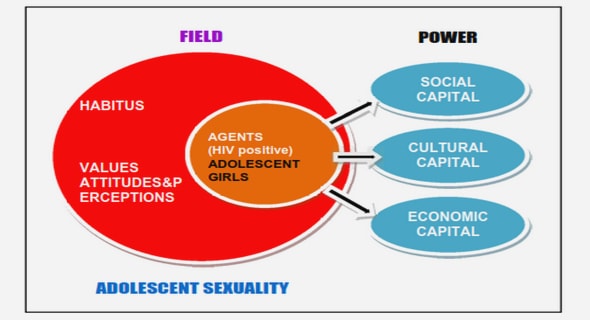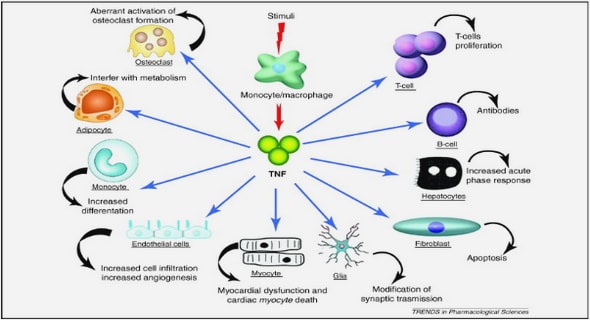Get Complete Project Material File(s) Now! »
Stainless Steel
The use of stainless steel K-Files for root canal shaping has largely been replaced by contemporary metal file systems constructed of NiTi, M-Wire, and/or gold-wire. The newer file systems have surpassed large-sized stiff stainless steel files because of their proven flexibility and the associated decrease in procedural errors during shaping. The exclusive use of stainless steel files in curved root canals and at the apical foramen has been shown to cause procedural errors such as canal straightening, zipping, elbow formation, perforation, and instrument separation. These mishaps have been ascribed to the rigidity of the instruments (Pettiette et al. 1999). Stainless steel files have, however, been recommended for manual glide path enlargement since the early 2000s (Berutti et al. 2004; Walsch, 2004; Mounce, 2005; West, 2006).
The advantages, according to Mounce (2005), of using stainless steel K-Files over rotary NiTi files for glide path enlargement include enhanced tactile sensation, a decreased risk of file fracture, and decreased cost. When a stainless steel K-File is removed from a curved root canal, it stays curved and does not rebound. It is therefore useful in understanding the canal curvatures for subsequent instrumentation (Jerome and Hanlon, 2003; Berutti et al. 2004; Van der Vyver, 2011).
The stiffness of stainless steel K-Files allows for negotiation A Micro-Computed Tomographic Evaluation of Curved Maxillary Molar Root Canals After Using Different Root Canal Instrumentation Techniques of canal blockages and calcifications (Mounce, 2005; Young, Parashos and Messer, 2007) and no need exists for a dedicated hand piece (Cassim and Van der Vyver, 2013).
The disadvantages of enlarging a glide path with hand instruments include operator and hand fatigue; increased enlargement time (Berutti et al. 2009); risk of canal aberrations with the use of larger file sizes (West, 2010); greater change to the original canal anatomy (Pasqualini et al. 2012) and increased apical extrusion of debris (Greco, Carmignani and Cantatore, 2011).
Chapter 1: Introduction and Literature Review
1.1. Procedural Errors
1.2. Metallurgy of Endodontic Files
1.3. Glide Path Systems
1.4. Rotating Root Canal Shaping Systems
1.5. Reciprocating Root Canal Shaping System
1.6. Micro-computed Tomography
Chapter 2: Aim and Objectivesà
2.1. Aim
2.2. Objectives
2.3. Hypothesis
2.4. Statistical Null/Zero Hypotheses
Chapter 3: Materials and Methods
3.1 Study Design
3.2. Collection of Material
3.3 Selection of Teeth
3.4. Preparation of Teeth
3.5. Glide Path Enlargemen
3.6. Root Canal Shaping
3.6.1 Group 1: Glide Path Preparation using Pre-curved Stainless Steel Senseus K-FlexoFiles and Shaping with OneShape (K/OS)
3.6.2 Group 2: Glide Path Preparation using Pre-curved Stainless Steel Senseus K-FlexoFiles and Shaping with ProTaper NEXT (K/PTN)
3.6.3 Group 3: Glide Path Preparation using Pre-curved Stainless Steel Senseus K-FlexoFiles and Shaping with WaveOne Gold (K/WOG)
3.6.4 Group 4: Glide Path Enlargement with One G and Shaping with OneShape (OG/OS)
3.6.5 Group 5: Glide Path Enlargement with One G and Shaping with ProTaper NEXT (OG/PTN)
3.6.6 Group 6: Glide Path Enlargement with One G and Shaping with WaveOne Gold (OG/WOG)
3.6.7 Group 7: Glide Path Enlargement with ProGlider and Shaping with OneShape (PG/OS)
3.6.8 Group 8: Glide Path Enlargement with ProGlider and Shaping with ProTaper NEXT (PG/PTN
3.6.9 Group 9: Glide Path Enlargement with ProGlider and Shaping with WaveOne Gold (PG/WOG)
3.7 Image Analysis
3.8. Statistical Analysis
Chapter 4: Results
4.1. Centering Ability of Glide Path Instruments
4.1.1. Centering Ratio Values of Glide Path Instruments in the Apical Third
4.1.2. Centering Ratio Values of Glide Path Instruments in the Middle Third
4.1.3. Centering Ratio Values of Glide Path Instruments in the Coronal Third
4.1.4. Combined Centering Ratio Values of Glide Path Instruments
4.2. Canal Transportation of Glide Path Preparation Instruments
4.2.1. Canal Transportation Values of Glide Path Instruments in the Apical Third
4.2.2. Canal Transportation Values of Glide Path Instruments in the Middle Third
4.2.3. Canal Transportation Values of Glide Path Instruments in the Coronal Third
4.2.4. Combined Canal Transportation Values of Glide Path Instruments .
4.3. Volume of Dentine Removed with Glide Path Instruments
4.4. Centering Ability of Shaping Instruments
4.4.1. Centering Ratio Values of Shaping Instruments in the Apical Third .
4.4.2. Centering Ratio Values of Shaping Instruments in the Middle Third .
4.4.3. Centering Ratio Values of Shaping Instruments in the Coronal Third
4.4.4. Combined Centering Ratio Values of Shaping Instruments
4.5. Canal Transportation of Shaping Instruments
4.5.1. Canal Transportation Values of Shaping Instruments in the Apical
4.5.2. Canal Transportation Values of Shaping Instruments in the Middle
4.5.3. Canal Transportation Values of Shaping Instruments in the Corona
4.5.4. Combined Canal Transportation Ratio Values of Glide Path Instruments
4.6 Volume of Dentine Removed with Shaping Instruments
4.7. Micro-computed tomography images displaying Canal Changes before, after Glide Path Preparation, and after Canal Preparation with Shaping Instruments
Chapter 5: Discussion
Chapter 6: Conclusions
Chapter 7: References
Chapter 8: Addenda
Appendix A: Participant’s Information & Informed Consent
Appendix B: Ethics Protocol Approval


